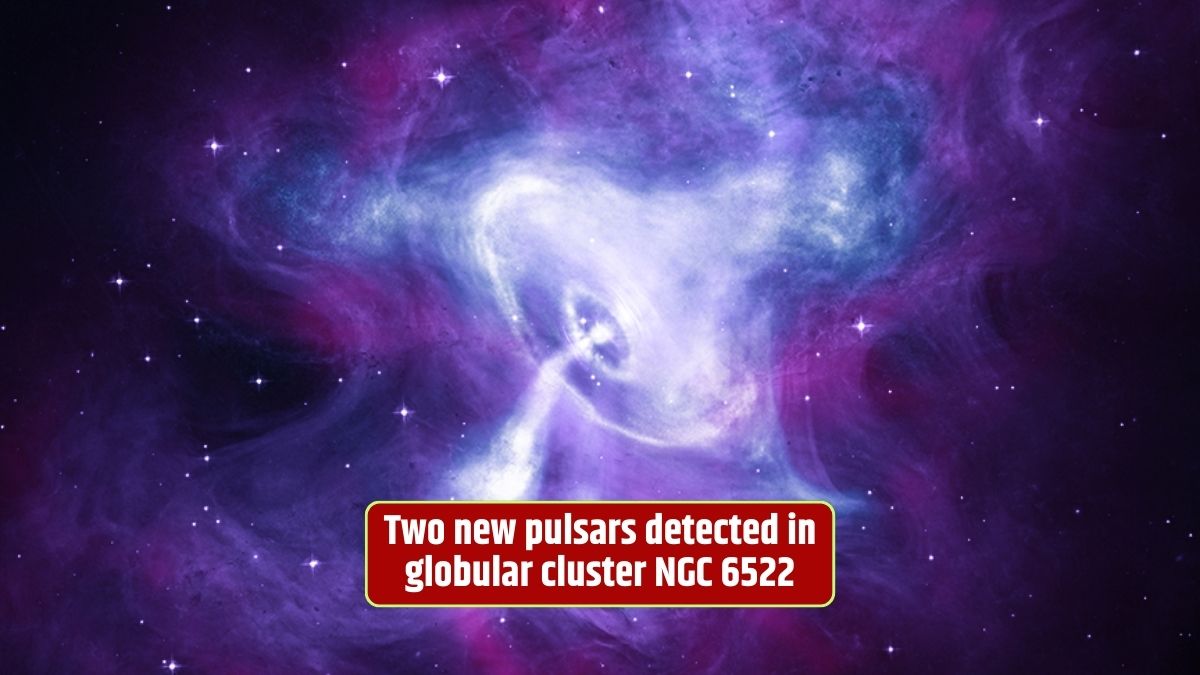As we cast our gaze towards the heavens, radio telescopes unveil a symphony of signals emanating from celestial phenomena—pulsars, radio galaxies, ionospheric ripples, and our own technological reverberations.
Amidst this cacophony lies a potential beacon: a signal from a distant world. For over six decades, scientists have diligently scanned the skies in pursuit of extraterrestrial life, yet the cosmos has kept its secrets well-guarded.
Considering the vastness of the search space—myriad stars and radio frequencies—it’s not surprising that we’ve yet to detect ET’s signal.
However, the burgeoning realm of artificial intelligence (AI) has begun infiltrating every facet of our lives, including scientific endeavors such as the Search for Extraterrestrial Intelligence (SETI).
This isn’t the stuff of science fiction—no Skynet, no Matrix machines—this is AI rooted in machine-learning algorithms crafted to perform specific tasks, be it chatting with you or discerning signals amidst the cosmic noise.
Haystack Hunt
Imagine treating the data as the haystack, and the needle represents the elusive extraterrestrial signal. This analogy helps elucidate how AI augments SETI. Machine-learning algorithms are trained to sift through this haystack of data, identifying known types of radio-frequency interference (RFI) and filtering them out.
The familiar patterns of mobile phones, radio transmitters, and electronics constitute the haystack, while the needle is the anomalous signal.
The training involves “injecting signals into the data and then the algorithm learns to look for signals that are like that,” as explained by Steve Croft, an astronomer involved in the Breakthrough Listen SETI project. If the algorithm detects an untrained signal, it flags it for human follow-up, potentially heralding an intriguing discovery.
Machine Learning Divide
Machine learning algorithms fall into two categories: supervised learning and unsupervised learning. Supervised learning involves training the algorithm with labeled data, teaching it to distinguish between known elements.
On the other hand, unsupervised learning entails letting the algorithm identify patterns and significant features in the data without prior labeling.
The potential of unsupervised learning has been showcased in a project that spotted artificial objects on the moon using AI. It demonstrates how AI can identify anomalies without predefined criteria, hinting at its applicability in detecting potential artificial probes or artifacts within our solar system.
Artificial General Intelligence
The realm of Artificial General Intelligence (AGI) holds transformative potential for SETI. AGI, unlike current specific AI algorithms, possesses the capacity to adapt and learn across a wide array of domains.
This adaptability could accelerate our search for extraterrestrial life, devising innovative strategies beyond human biases and experiences.
AGI could revolutionize how we decipher signals, map language and communication possibilities, and optimize our search strategies. Yet, the challenge lies in communicating with an intelligence that might vastly surpass our comprehension.
Alien Communication
If AGI discovers a SETI signal, bridging the gap between its understanding and our human comprehension poses a formidable hurdle. We might witness a hierarchy of translators attempting to decipher and simplify the detected information.
In this scenario, the complexity of the message might get diluted as it filters down to us, potentially leaving us with an oversimplified version of the original signal.
However, this remains speculative. In the present, AI stands as a formidable tool accelerating our quest to find ET. If we eventually intercept a signal from another world, AI will undoubtedly have played a crucial role in this monumental discovery.
In the ongoing quest to unlock the secrets of the cosmos, AI stands at the forefront, offering an ingenious approach to scan the vastness of space and potentially decode messages from the extraterrestrial realm.
FAQs
How does AI assist in the Search for Extraterrestrial Intelligence (SETI)?
AI employs machine-learning algorithms to sift through vast amounts of data, identifying anomalous signals amidst known radio-frequency interference (RFI), potentially signaling extraterrestrial communication.
What role does supervised learning play in AI for SETI?
Supervised learning involves training the algorithm with labeled data to recognize known types of signals and interference, aiding in the identification of anomalies.
How does unsupervised learning contribute to SETI efforts?
Unsupervised learning allows AI to analyze data without predefined criteria, potentially spotting anomalies or unfamiliar signals, such as those from artificial probes or artifacts.
What is Artificial General Intelligence (AGI), and how might it impact SETI?
AGI possesses the ability to adapt and learn across diverse domains, potentially accelerating SETI by devising innovative search strategies beyond human biases and experiences.
How might communication with an AGI in SETI pose challenges?
Understanding the potentially advanced and complex interpretations by AGI could present communication challenges, with a potential hierarchy of translators simplifying the detected information as it filters down to human comprehension.








